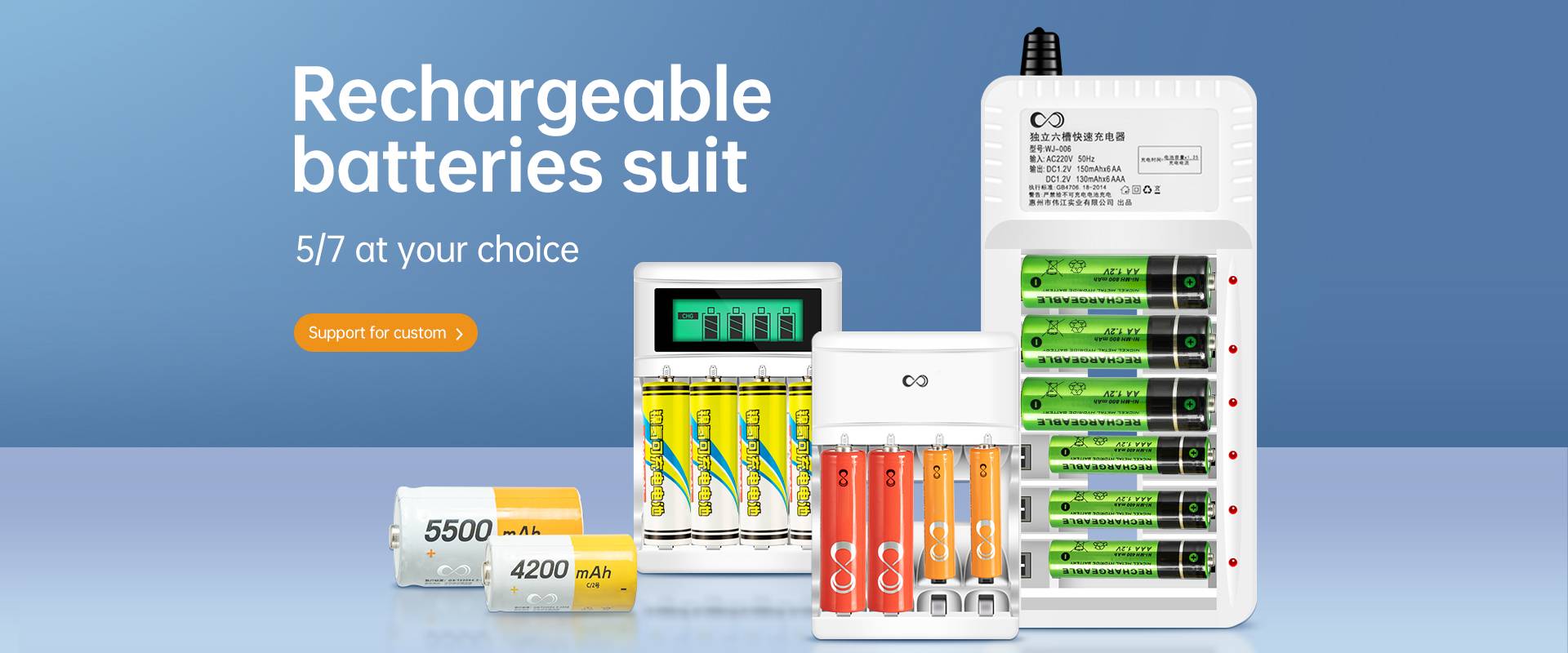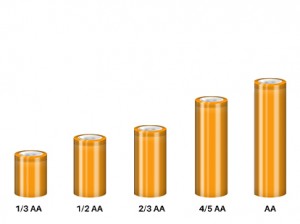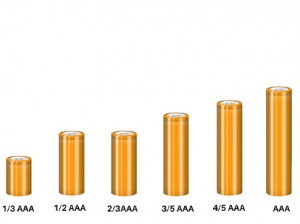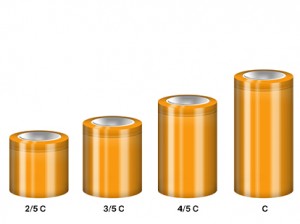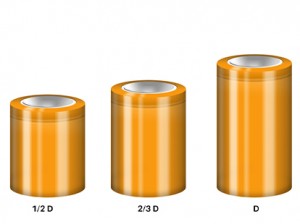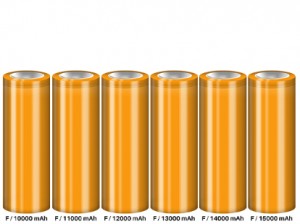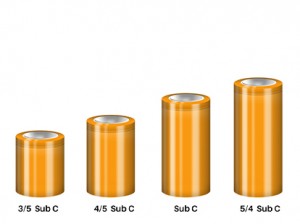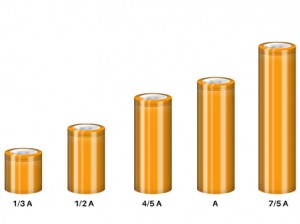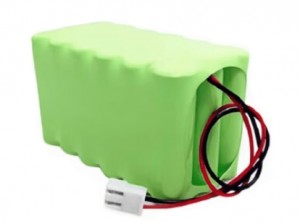As a B2B buyer or purchaser of NiMH (Nickel-Metal Hydride) batteries, it's essential to understand the best practices for charging these batteries. Proper charging ensures that the NiMH batteries will have a longer lifespan, better performance, and maintain their capacity over time. In this article, we'll discuss the key aspects of charging NiMH batteries, including the optimal charging methods, common mistakes, and how to maintain battery health in the long run.
Understanding NiMH Batteries
NiMH batteries are a popular choice for various applications, including consumer electronics, power tools, and electric vehicles, thanks to their high energy density, relatively low cost, and environmental friendliness. As a leading manufacturer of NiMH batteries, we offer customized NiMH battery services to meet the specific needs of our customers. Our team of experts works closely with each customer to create a battery solution tailored to their unique requirements. Our customized NiMH battery services are backed by our commitment to quality and reliability. However, it's crucial to charge them correctly to get the most out of NiMH batteries.
Basic Introduction about NiMH Battery Charging
Positive electrode reaction when charging NiMH battery: Ni(OH)2+OH-→NiOOH+H2O+e- Negative electrode reaction: M+H20+e-→MH+OH- Overall reaction: M+Ni(OH)2→MH+ NiOOH
When the NiMH battery is discharged, the reaction of positive electrode: NiOOH+H2O+e-→Ni(OH)2+OH- Negative electrode: MH+OH-→M+H2O+e- Overall reaction: MH+NiOOH→M+Ni(OH)2
In the above formula, M is a hydrogen storage alloy, and MH is a hydrogen storage alloy in which hydrogen atoms are adsorbed. The most commonly used hydrogen storage alloy is LaNi5.
Nickel-metal hydride battery is over-discharged: nickel hydroxide electrode (positive electrode) 2H2O+2e-H2+2OH- hydrogen absorption electrode (negative electrode) H2+20H-2e→2H20 When over-discharged, the net result of the total battery reaction is zero. The hydrogen appearing on the anode will be newly combined on the negative electrode, which also maintains the stability of the battery system.
NiMH standard charging
The way to fully charge a sealed NiMH battery is to charge it with a nominal constant current (0.1 CA) for a limited time. To prevent prolonged overcharging, the timer should be adjusted to stop charging at 150-160% capacity input (15-16 hours). The applicable temperature range for this charging method is 0 to +45 degrees Celsius. The maximum current is 0.1 CA. The overcharge time of the battery should not exceed 1000 hours at room temperature.
NiMH accelerated charging
Another way to fully charge a NiMH battery quickly is to charge it with a constant current of 0.3 CA for a limited time. The timer should be set to terminate charging after 4 hours, which is equivalent to 120% battery capacity. The applicable temperature range for this charging method is +10 to +45°C.
NiMH fast charging
This method charges V 450 - V 600 HR NiMH batteries in less time with a constant charge current of 0.5 – 1 CA. Using a timer control circuit to terminate fast charging is not enough. To maximize battery life, we recommend using dT/dt to control the end of the charge. A dT/dt control should be used at a temperature rise rate of 0.7°C/min. As shown in Fig. 24, the voltage drop can terminate the charging when the temperature rises. –△V1) A charge termination device may also be used. The reference value of the –△V termination device shall be 5-10 mV/piece. If none of these disconnect devices work, an additional TCO2) device is required. When the fast charge termination device cuts off the charging current, the trickle charge of 0.01-0.03CA should be turned on immediately.
NiMH trickle charging
Heavy usage requires the battery to remain fully charged. To compensate for power loss due to self-discharge, it is recommended to use a current of 0.01-0.03 CA for trickle charging. A suitable temperature range for trickle charging is +10°C to +35°C. Trickle charging can be used for subsequent charging after using the above method. The difference in trickle charge current and the need for more sensitive full charge detection made the original NiCd charger unsuitable for NiMH batteries. NiMH in NiCd chargers will overheat, but NiCd in NiMH chargers works fine. Modern chargers work with both battery systems.
NiMH battery charging process
Charging: When using Quick Charge Stop, the battery is not fully charged after Quick Charge is stopped. To ensure 100% charging, a supplement for the charging process should also be added. The charging rate generally does not exceed 0.3c trickle charging: also known as maintenance charging. Depending on the self-discharge characteristics of the battery, the trickle charge rate is generally very low. As long as the battery is connected to the charger and the charger is powered on, the charger will charge the battery at a rate during maintenance charging so that the battery is always fully charged.
Many battery users have complained that the lifespan is shorter than expected, and the fault may be with the charger. Low-cost consumer chargers are prone to incorrect charging. If you want low-cost chargers, you can set the time for the charging status and take out the battery immediately after it is fully charged.
If the charger temperature is lukewarm, the battery may be full. Removing and charging the batteries as early as possible before each use is better than leaving them in the charger for eventual use.
Common Charging Mistakes to Avoid
When charging NiMH batteries, there are a few common mistakes that should be avoided to maintain battery health and performance:
- Overcharging: As mentioned earlier, overcharging can be detrimental to the battery. Always use a smart charger with Delta-V detection to prevent overcharging.
- Using the wrong charger: Not all chargers are suitable for NiMH batteries. A charger designed for other battery chemistries, such as NiCd (Nickel-Cadmium) or Li-ion (Lithium-ion), can damage NiMH batteries. Always ensure that you use a charger specifically designed for NiMH batteries.
- Charging at extreme temperatures: NiMH batteries at extremely high or low temperatures can cause damage and reduce lifespan. NiMH batteries should be charged at room temperature (around 20°C or 68°F).
- Using damaged batteries: If a battery appears damaged, swollen, or leaking, do not attempt to charge it. Dispose of it responsibly and replace it with a new one.
Maintaining NiMH Battery Health in the Long Run
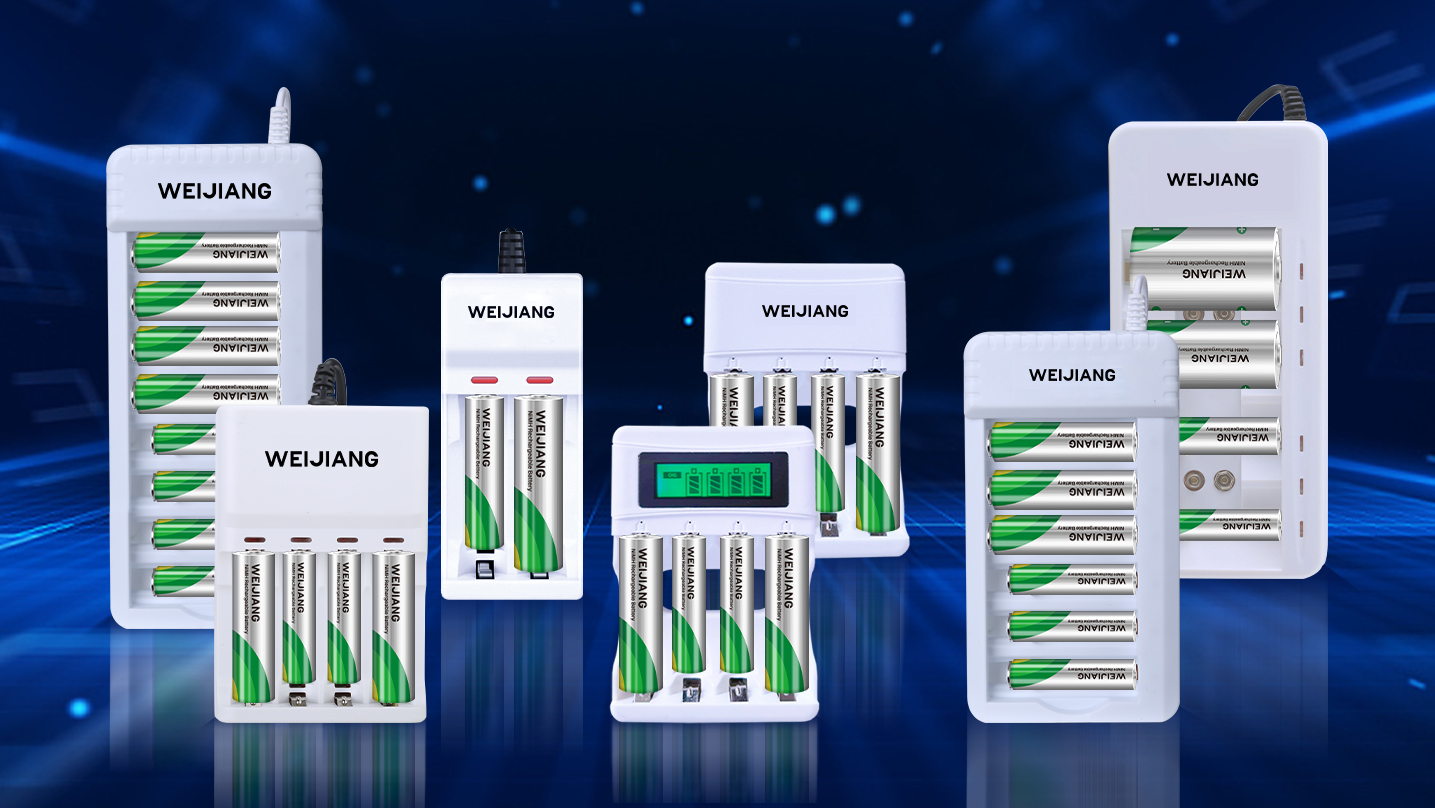
In addition to proper charging, following these tips can help you maintain the health and performance of your NiMH batteries:
- Store batteries properly: Store your NiMH batteries in a cool, dry place, away from direct sunlight and heat sources. Avoid storing them in high humidity or extreme temperature environments.
- Avoid deep discharge: Completely discharging NiMH batteries can cause damage and reduce their lifespan. Try to recharge them before they're completely depleted.
- Perform periodic maintenance: It's a good idea to discharge your NiMH batteries to about 1.0V per cell every few months and then charge them back up using a Delta-V charger. This helps maintain their capacity and performance.
- Replace old batteries: If you notice a significant drop in battery performance or capacity, it may be time to replace the batteries with new ones.
Conclusion
Properly charging and maintaining your NiMH batteries ensures longevity, performance, and overall value. As a B2B buyer or purchaser of NiMH batteries, understanding these best practices will enable you to make informed decisions when sourcing NiMH batteries for your business. Using the correct charging methods and avoiding common mistakes, you can optimize the lifespan and performance of the batteries you purchase, benefiting your business and your customers.
Your Trusted NiMH Battery Supplier
Our factory is equipped with state-of-the-art machinery and employs a highly skilled professional dedicated to producing high-quality NiMH batteries that meet our customers' needs. We adhere to strict quality control procedures at every stage of the production process to ensure that our batteries are safe, reliable, and long-lasting. Our commitment to excellence has earned us a reputation as a trusted supplier of NiMH batteries in the industry. We look forward to serving you and providing you with the best NiMH batteries. We provide customized NiMH battery services for a series of NiMH batteries. Learn more from the below chart.
Post time: Aug-24-2022

